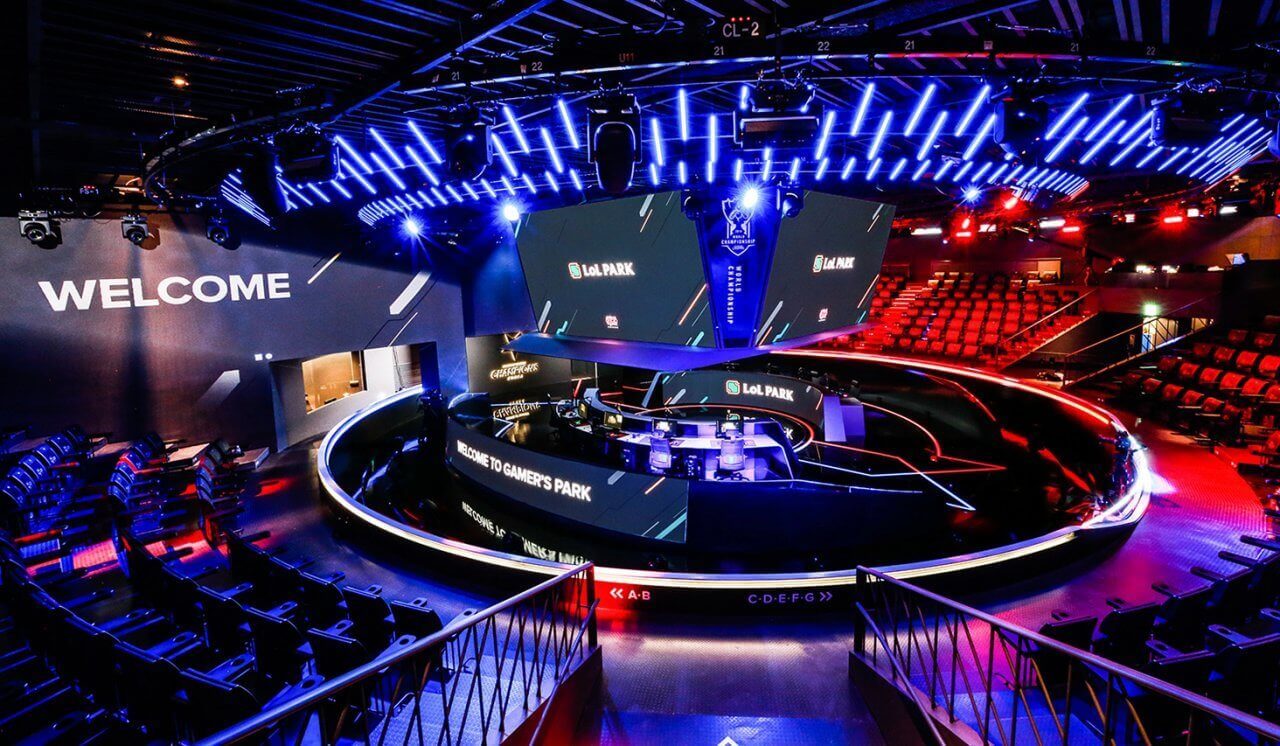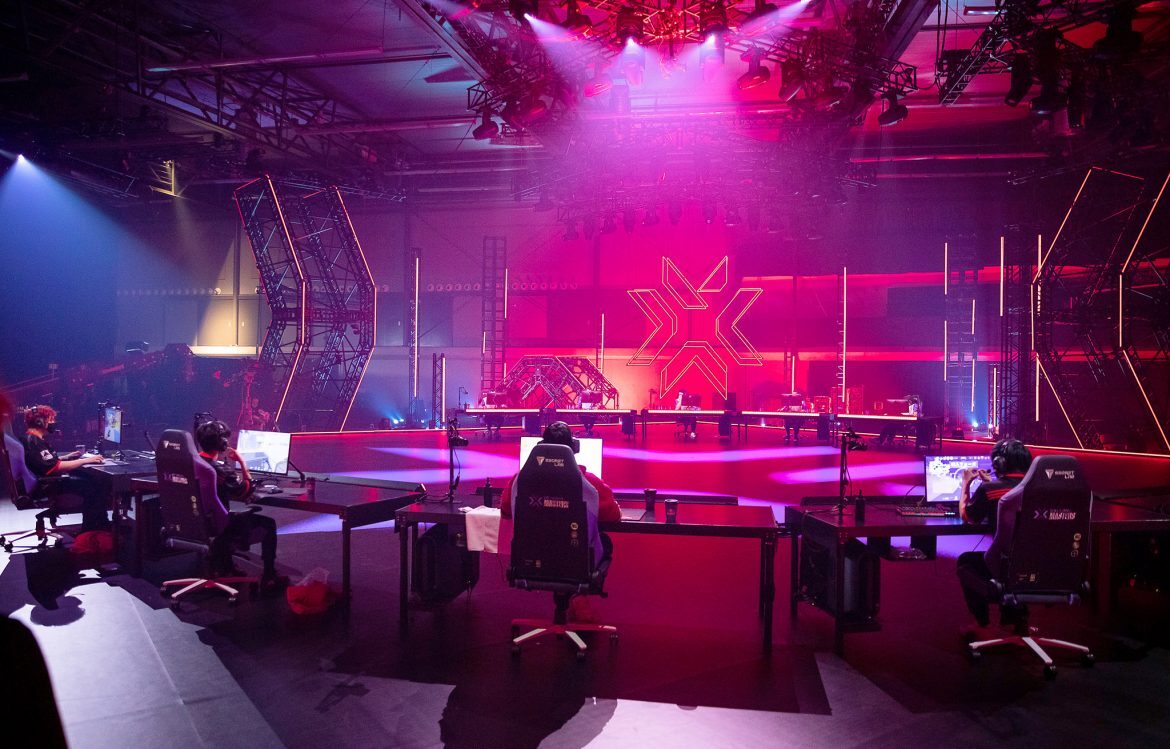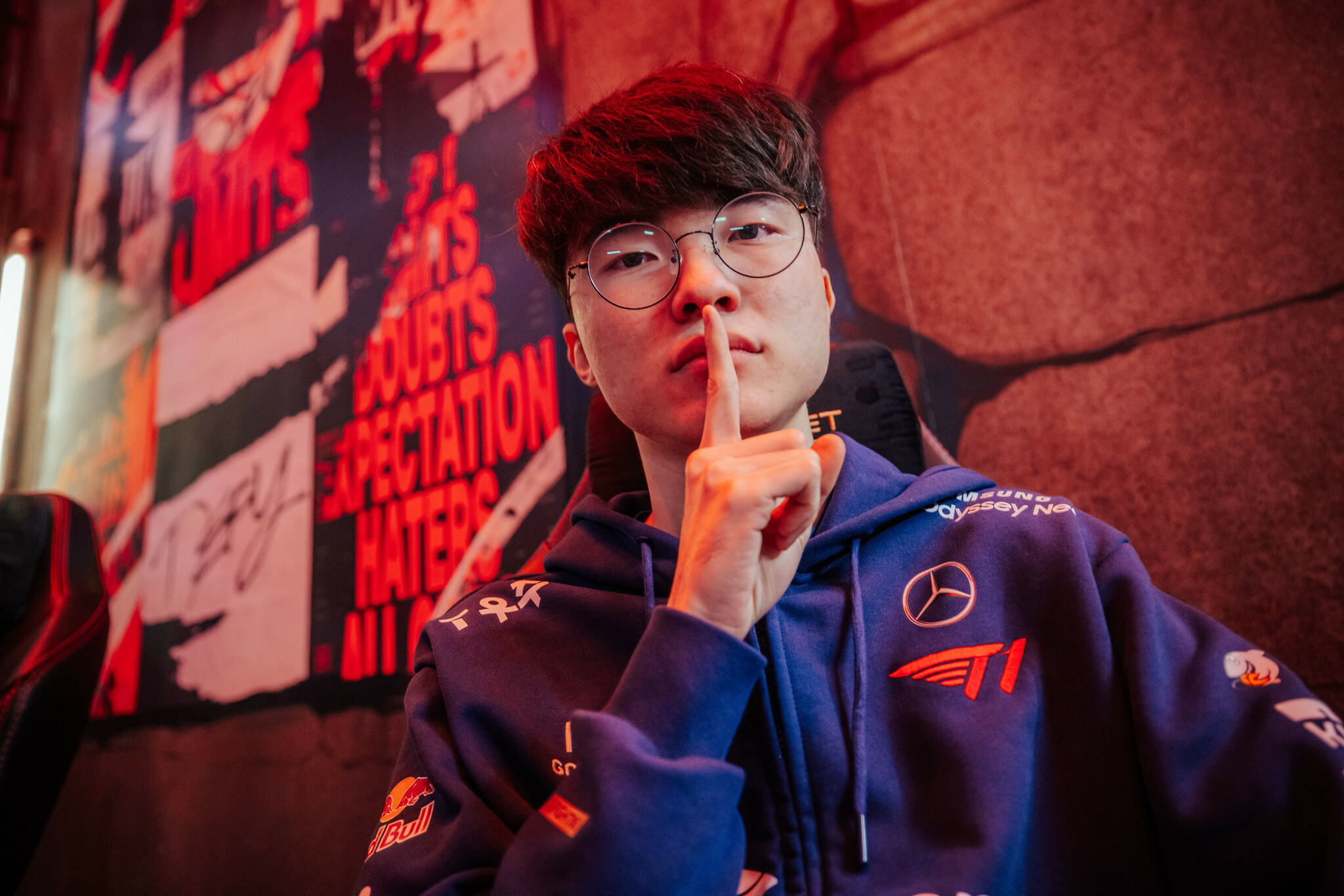Riot just unveiled their new strategy for LoL esports to make the game more sustainable.
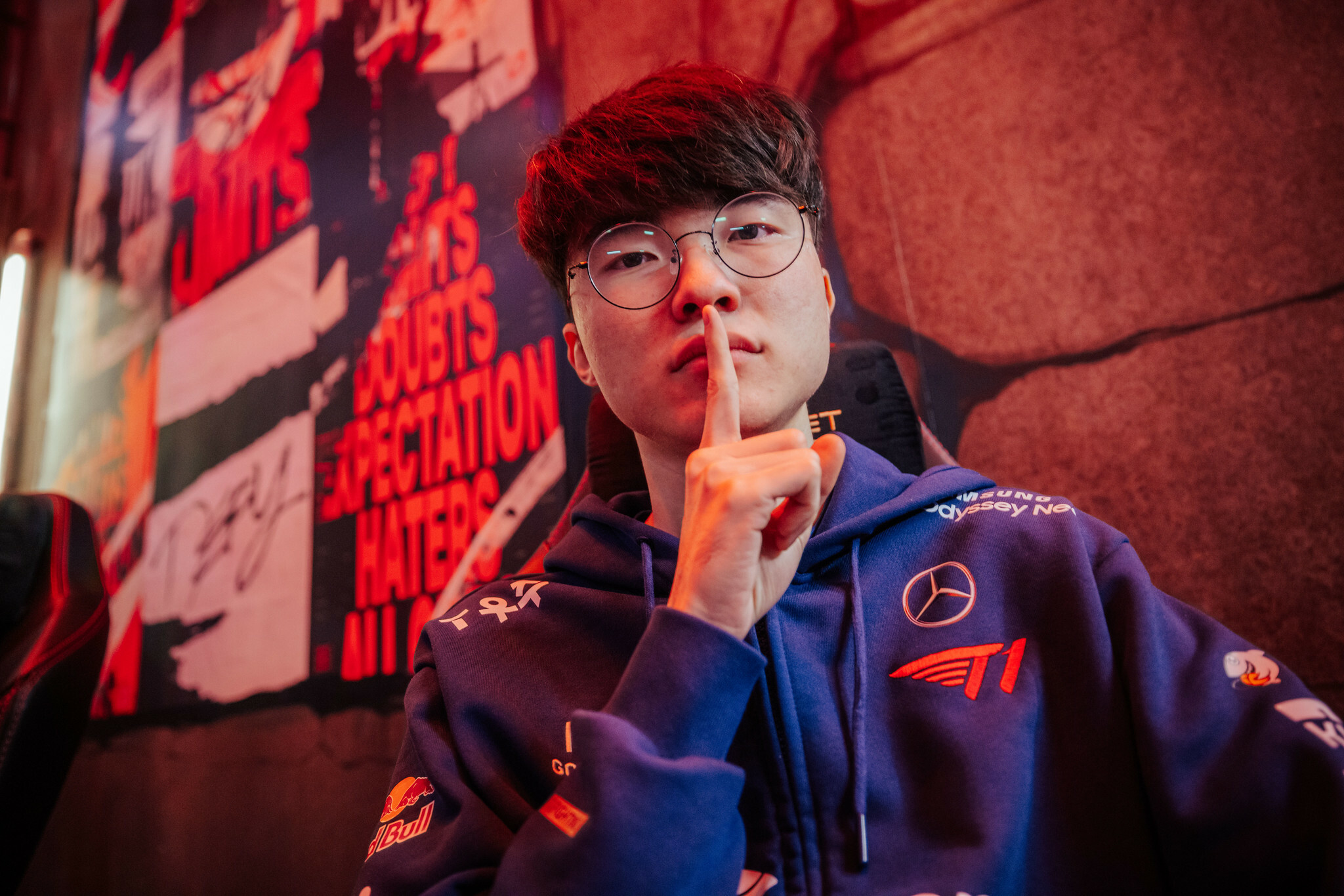
Riot is looking to improve their League of Legends esports structure in the coming years. To do so, they have decided to take a swing at Valorant's business model and implement it in the League of Legends esports ecosystem.
This was all explained by John Needham, Riot's president of esports, in a long blog post which was posted on March 14, 2024.
League of Legends Esports To Shift Away From Traditional Revenue Sharing
Riot Games is looking to update the revenue streams for teams participating in their major leagues, primarily the LCK, LEC and LCS. In the blog post, John Needham gave an overview of the current model, in which teams pay around $10 million to participate in a league and then receive 50% of revenues generated by the league.

The current system has not been able to keep up with the cost of owning and running a team. One aspect that has been key is the reliance on sponsorships, but in a post-COVID would, these revenue streams have dried up, which is what has prompted Riot to make some adjustments.
Adjusting our LoL Esports StrategyRead: https://t.co/9M5AOQnj9L pic.twitter.com/OCKSMNsgKC
— LoL Esports (@lolesports) March 14, 2024
The changes we’re presenting to teams are intended to keep LoL Esports healthy and on a path to long-term sustainability.
So, what has Riot done to improve the LoL esports business model? The competitive calendar has been updated, which should give teams more opportunities to also participate in third-party tournaments. There have also been multiple other additions, like minimum guarantees on league revenues and accelerated revenue share payments. But that hasn't been enough.
So, Riot have decided to move away from relying heavily on sponsors and instead shift towards a focus on digital content sales. Needham explained that these are "more resilient to economic downturns and have a higher ceiling than sponsorship".
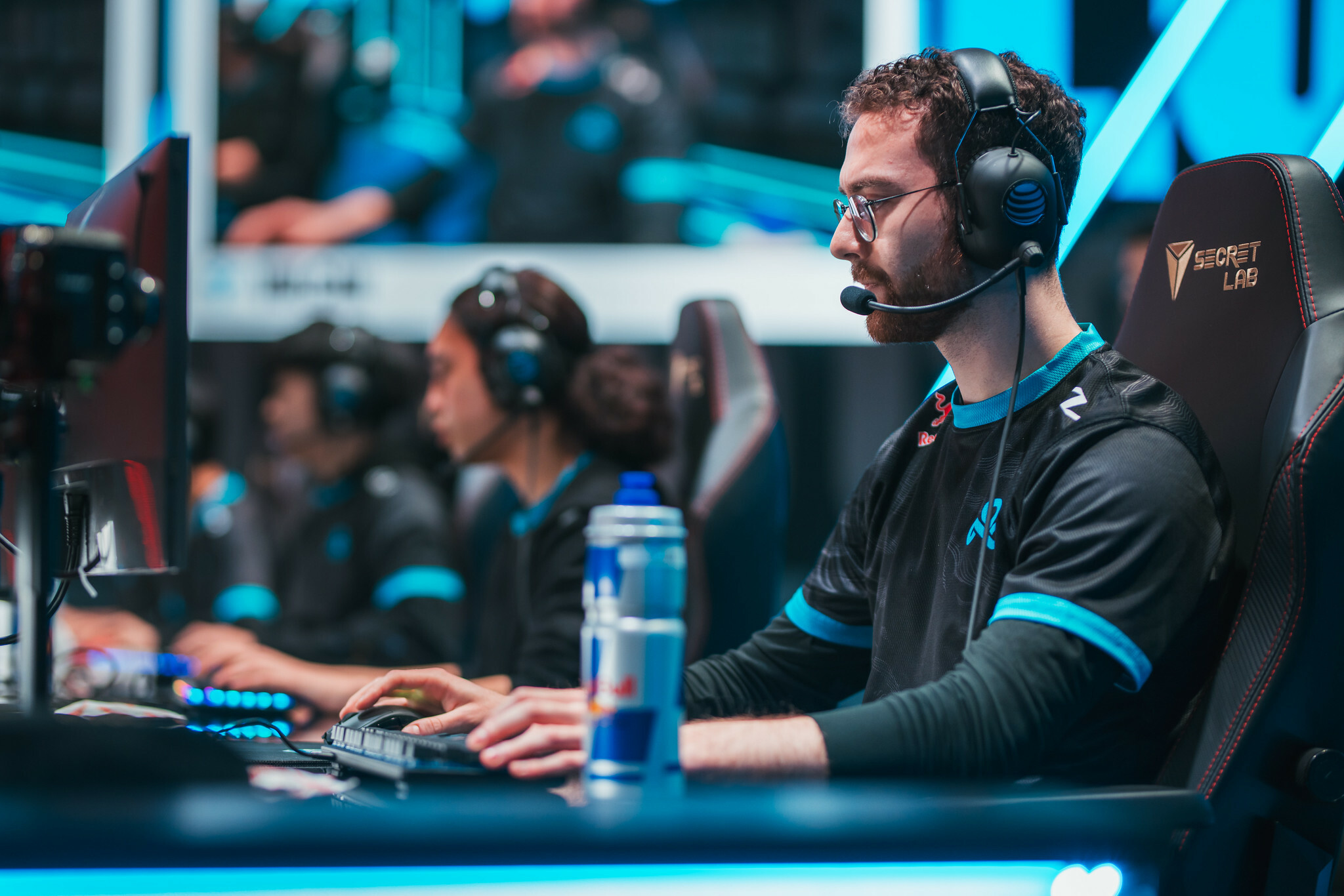
This directional shift into digital sales will also benefit those teams who do not make it to international tournaments like MSI or Worlds, with a fixed stipend being given out to all teams.
Historically, only teams who competed in international events benefited from the digital content sales related to those events. That means only about 20-30 teams could participate in digital revenue in a season. We want this revenue stream to stretch further across the Tier 1 ecosystem. To do that, we’ll create a Global Revenue Pool (GRP) that aggregates digital LoL Esports revenue and allocates it to teams.
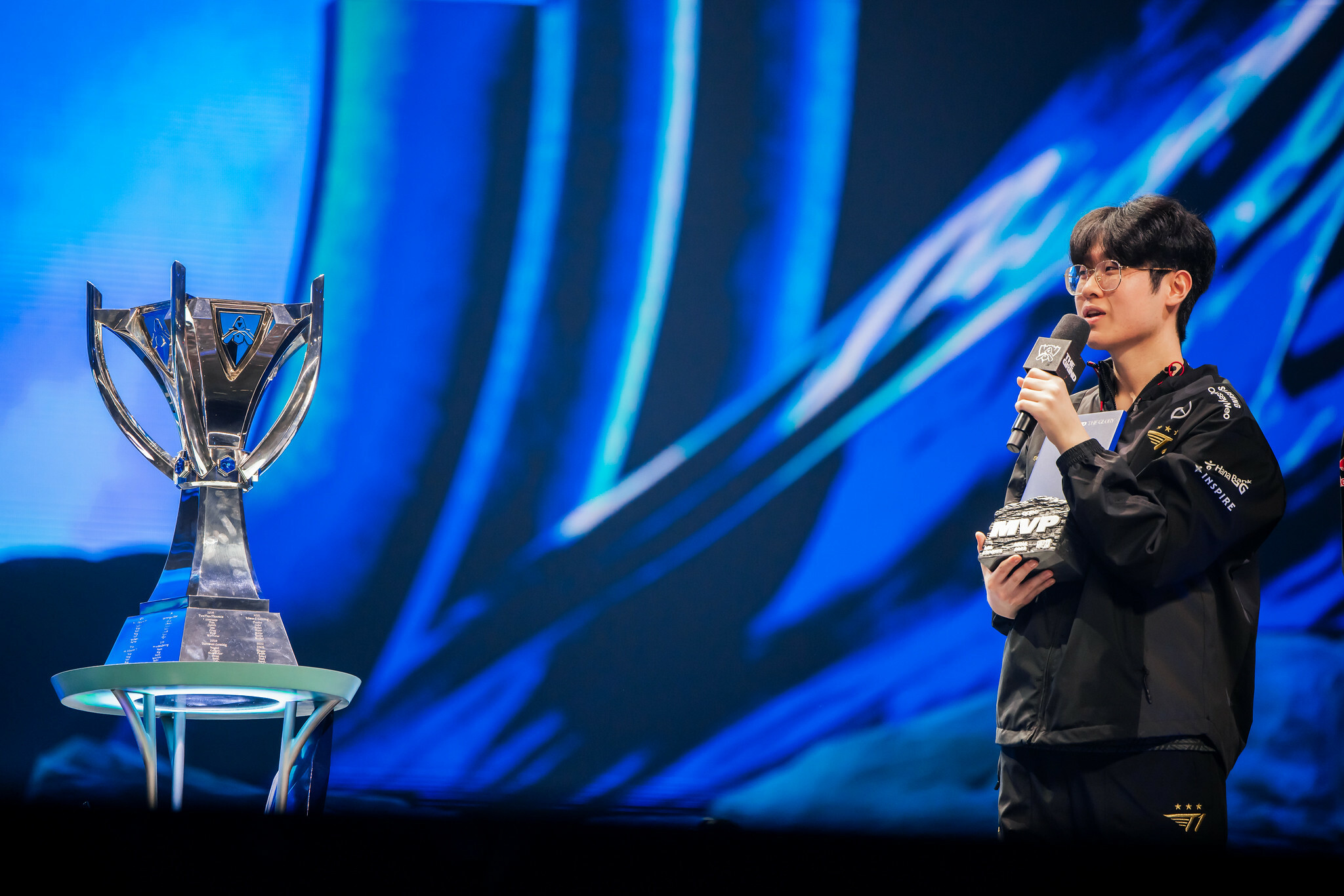
Needham then explains that 50% of general shares from digital sales will go to tier 1 teams. 35% of the GRP will be allocated according to performance, which will be split into regional league standings and international placements. Finally, Needham explained that the remaining 15% of the GRP will be going to fandom shares, which rewards strong fandom for players, leagues and team brands.
These changes are being implemented in the LEC, LCS and LCK. Riot is currently working with the LPL to see how their business model may evolve in the future, but they will not be a part of this new revenue stream just yet.


























